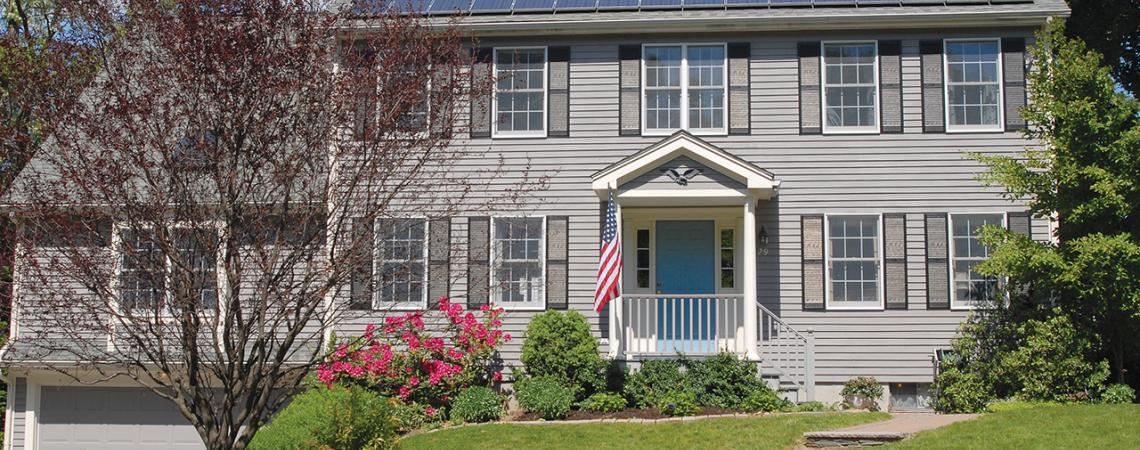Photo by Gray Watson
Home photovoltaic systems have gained popularity in recent years — people are becoming more environmentally conscious at the same time PV technology has improved, costs have dropped, and financing offers are abundant.
Still, there are many factors that should go into a decision to install a home array. It might make more financial and environmental sense, for example, to upgrade the energy efficiency of your home rather than installing panels on your roof. Also, most electric cooperatives in Ohio offer community solar programs, which can produce solar electricity at a lower cost than residential systems; it’s probably worth a call to your co-op to see if it has a program that might work better for your situation.
Several factors go into calculating how cost-effective it would be to install a solar-power system for your home. It’s probably easiest to find a qualified solar contractor, certified with the North American Board of Certified Energy Practitioners, to provide an estimate for a PV system.
A contractor will first determine if your home is a good candidate for solar, and if it is, what size system your home needs or can support. Factors that go into that determination include:
- Your current and anticipated electricity needs
- Roof area, orientation and pitch (15 to 40 degrees is ideal)
- The amount of sunlight your home receives per year
- The amount of shade, dust, snow and/or other factors that can block sunlight
If your roof will need replacing in the next few years, you’ll want to do that before installing solar panels.
If the estimate you receive includes all the factors we’ve mentioned in this article, it should give you a fairly accurate idea of your return on investment. It’s also a good idea to get multiple estimates if you can, and to review the estimate with your electric co-op to ensure the electric rate and metering arrangements are correct.
Investment in solar systems or energy efficiency upgrades to your home can help increase the resale value — some reports show that the presence of a PV system can raise a home’s resale value by an average of $15,000.
Also, there may be federal, state and utility tax credits and rebates available to offset the price of the equipment and installation. You can find links to these resources at www.collaborativeefficiency.com.









